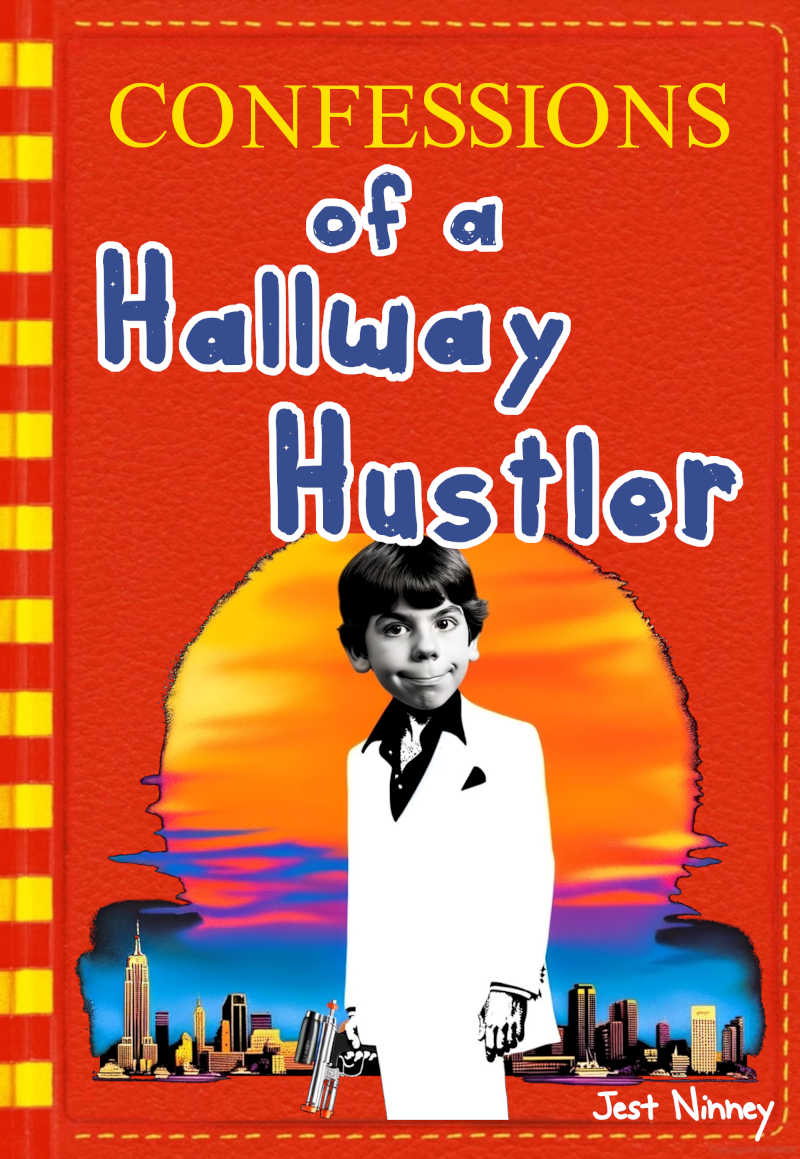This article explores how parody, a form of humor that imitates and exaggerates, serves as a unique way to show dissent.
What Is Dissent?
Dissent is when people express opinions that are different from those that are commonly accepted or officially promoted. This can lead to new ideas and social change.
It can also lead to oppression of those who express publicly these dissenting opinions.
Political Dissent
In politics, dissent often comes in the form of protests, speeches, or writings that challenge government policies or social norms.
For example, when people gather to protest against laws they find unfair, that’s a form of political dissent.
Cultural Dissent
Cultural dissent happens when people oppose mainstream cultural practices or ideas. This could be through art, music, or social behavior.
For example, the punk rock movement in the 1970s was a form of cultural dissent against mainstream music and fashion.
Historical Examples of Dissent
Civil Rights Movement
During the Civil Rights Movement in the United States, people used civil disobedience, like sit-ins and boycotts, to protest against racial segregation. These acts of dissent led to significant legal and social changes, like the end of segregation in public places.
Anti-War Protests
Protests against the Vietnam War in the U.S. are another example. These protests influenced public opinion and led to policy changes, like the eventual withdrawal of U.S. troops from Vietnam.
Women’s Suffrage
Women fighting for the right to vote used dissent to challenge the idea that only men should vote. This expanded democratic representation when women gained the right to vote.
The Arab Spring
In the Arab Spring, people in countries like Tunisia and Egypt used social media to organize protests against their governments. This led to regime changes but also brought instability in some areas.
Parody as Dissent
Characteristics of Parody
Parody uses exaggeration, irony, and mimicry to criticize or mock its subject. By changing just a few details but keeping the general form, a parody makes its subject seem ridiculous.
Parody in a Political Context
In a political setting, parody can be a way to comment on or criticize political figures or policies. By exaggerating the traits of a politician, for example, a parody can highlight flaws or contradictions that might not be obvious otherwise.
Parody in a Cultural Context
Parody can also be used to question cultural norms or highlight societal issues.
For example, a parody of a popular TV show could reveal hidden stereotypes or assumptions made in the original.
Examples of Parody as Dissent
“The Colbert Report”
This TV show used parody to critique the style and content of political punditry. By acting as a satirical conservative commentator, Stephen Colbert shed light on media bias.
“The Great Dictator” by Charlie Chaplin
Charlie Chaplin’s film parodied Adolf Hitler and critiqued fascism. The film raised awareness about the dangers of totalitarian regimes.
“Spitting Image”
This British TV show used puppetry to parody politicians and other public figures. The caricature-like puppets influenced how people saw these figures, often highlighting their flaws or absurdities.
Political Cartoons
Political cartoons have a long history of serving as a form of dissent through parody. They make complex issues easier to understand by distilling them into single images that can be both funny and critical.
Strengths of Parody as Dissent
Parody can be a powerful tool for dissent because it’s engaging and easy to understand. It often reaches a wide audience and can make complex issues more accessible. Plus, humor can disarm critics, making the message more effective.
Weaknesses of Parody as Dissent
However, parody also has its limitations. Sometimes, the humor can be misunderstood, or the parody itself can become the focus, rather than the issue it’s trying to highlight.
Also, while parody can criticize, it doesn’t always offer solutions to the problems it points out.
In countries that lack “fair use” or “fair dealing” laws, it may be easier for the government to suppress artistic expression — and in particular, parodies — that dissent.
Conclusion
Parody serves as a unique and effective mode of dissent in both political and cultural contexts. While it has both strengths and weaknesses, its role in facilitating change and promoting dialogue cannot be denied. Understanding parody’s place in the broader scope of dissent can shed light on its significance and effectiveness as a tool for social commentary and change.

